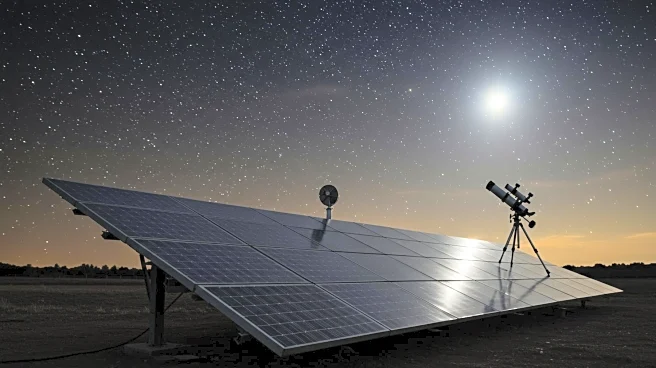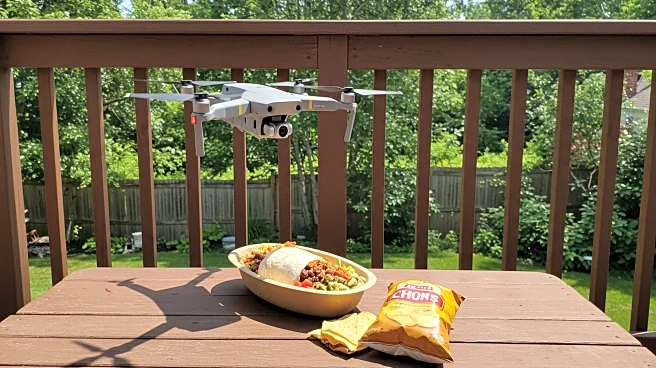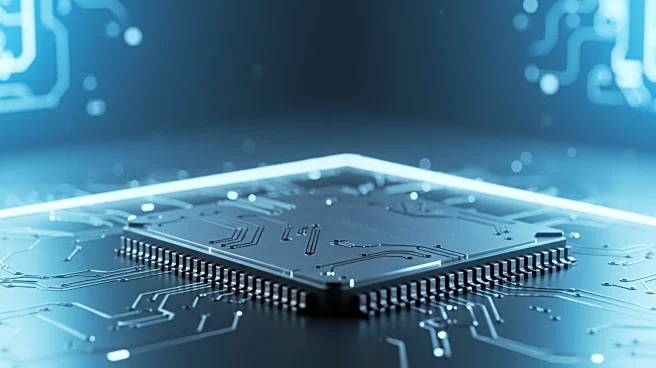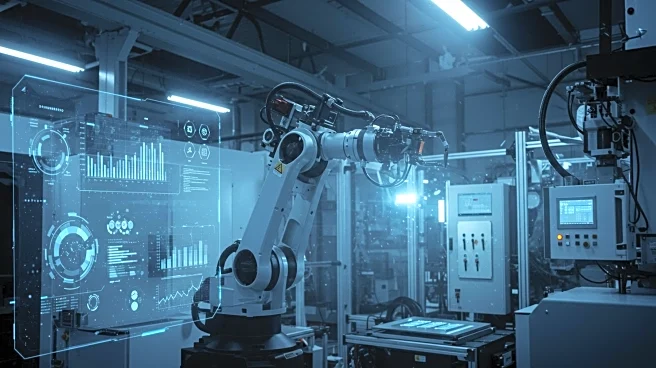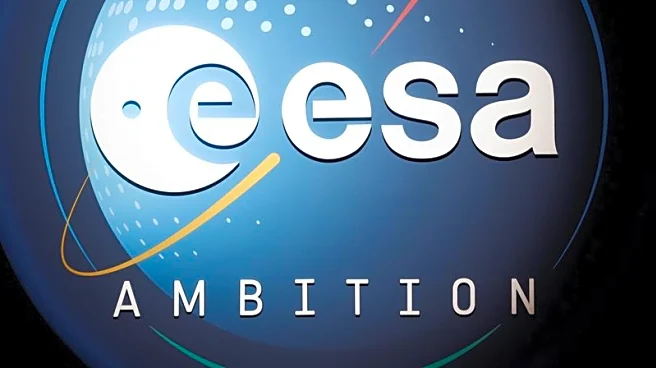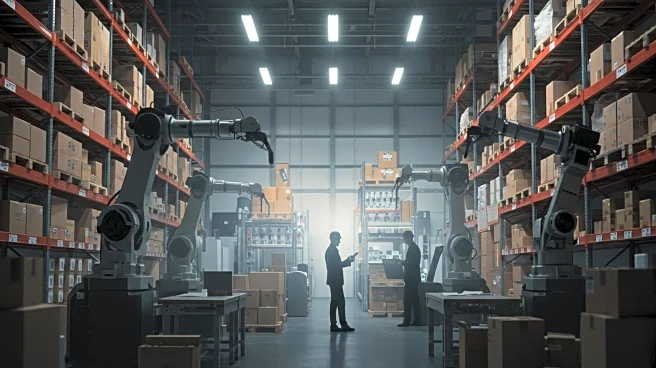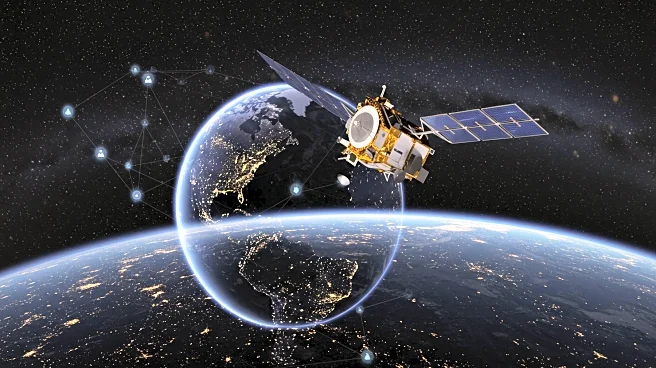What's Happening?
John Sandusky, a scientist at Sandia National Laboratories, is pioneering a new use for solar panels at night. Traditionally, solar farms are inactive after sunset, but Sandusky's approach involves using heliostats—mirrors that track the sun—to detect asteroids. These mirrors can reflect starlight at night, allowing photodiodes to generate energy and detect celestial objects. This method transforms solar farms into astronomical observatories, potentially enhancing asteroid detection capabilities.
Why It's Important?
This innovative use of solar panels could revolutionize nighttime astronomical observations, providing a dual purpose for solar farms. By utilizing existing infrastructure, this approach could offer a cost-effective method for tracking asteroids, which is crucial for planetary defense. The ability to detect asteroids at night could improve early warning systems and contribute to global efforts to mitigate potential asteroid impacts.
What's Next?
Sandusky is currently testing this method at the Sandia National Solar Thermal Test Facility. Scaling the solution to larger facilities, like the Ivanpah power plant, could significantly enhance detection capabilities. However, this requires synchronization of solar farms globally and substantial investment. Sandusky aims to popularize the concept and overcome bureaucratic challenges to implement it on a larger scale.
